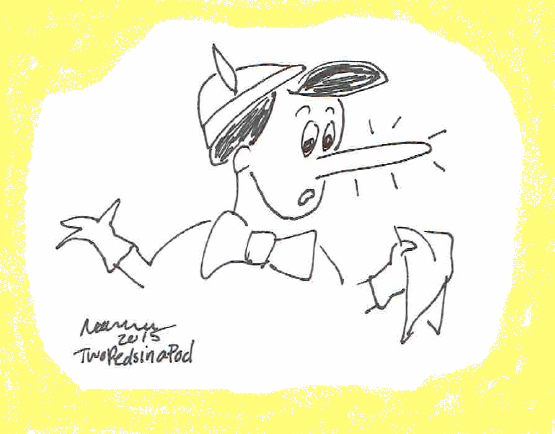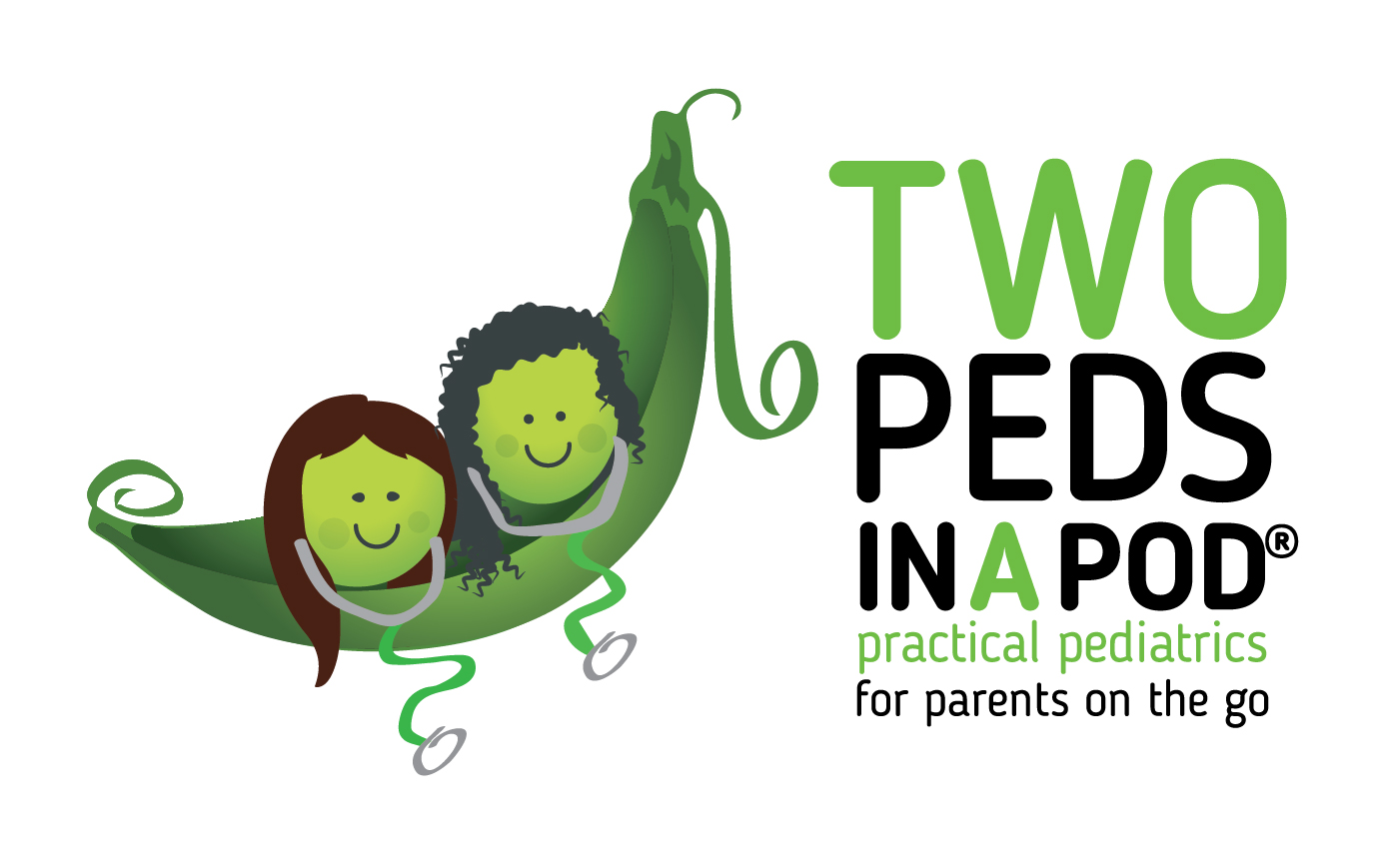
Gepetto always said his son had allergies, but the villagers knew better
It’s not your imagination. This is a particularly bad spring allergy season. We didn’t need media outlets to tell us that there are more itchy, sneezy, swollen eyed kids out there this year.
It is worth treating your child’s allergy symptoms- less itching leads to improved sleep, better ability to pay attention in school, improved overall mood, and can prevent asthma symptoms in kids who have asthma in addition to their nose and eye allergies.
Luckily, nearly every allergy medication that we wrote prescriptions for a decade ago is now available over-the-counter. As you and your child peer around the pharmacy through itchy blurry eyes, the displays for allergy medications for kids can be overwhelming. Should you chose the medication whose ads feature a bubbly seven-year-old girl kicking a soccer ball in a field of grass, or the medication whose ads feature a bubbly ten-year-old boy roller blading? Its it better to buy a “fast” acting medication or medication that promises your child “relief?”
Here is a guide to sorting out your medication choices:
Oral antihistamines: Oral antihistamines differ mostly by how long they last, how well they help itchiness, and their side effect profile. During an allergic reaction, antihistamines block one of the agents responsible for producing swelling and secretions in your child’s body, called histamine. Prescription antihistamines are not necessarily “stronger.” In fact, at this point there are very few prescription antihistamines. The “best” choice is the one that alleviates your child’s symptoms the best. As a good first choice, if another family member has had success with one antihistamine, then genetics suggest that your child may respond as well to the same medicine. Be sure to check the label for age range and proper dosing.
First generation antihistamines work well at drying up nasal secretions and stopping itchiness but don’t tend to last as long and often make kids very sleepy. Diphenhydramine (brand name Benadryl) is the best known medicine in this category. It lasts only about six hours and can make people so tired that it is the main ingredient for many over-the-counter adult sleep aids. Occasionally, kids become “hyper” and are unable to sleep after taking this medicine. Opinion from Dr. Lai: dye-free formulations of diphenhydramine are poor tasting. Other first generation antihistamines include Brompheniramine (eg. brand names Bromfed and Dimetapp) and Clemastine (eg. brand name Tavist).
Second and third generation antihistamines cause less sedation and are conveniently dosed only once a day. Cetirizine (eg. brand Zyrtec) causes less sleepiness and it helps itching fairly well. Give the dose to your child at bedtime to further decrease the chance of sleepiness during the day. Loratadine (brand name Alavert, Claritin) causes less sleepiness than cetirizine. Fexofenadine (brand name Allegra) causes the least amount of sedation. The liquid formulations in this category tend to be rather sticky, the chewables and dissolvables are favorites among kids. For older children, the pills are a reasonable size for easy swallowing.
Allergy eye drops: Your choices for over-the-counter antihistamine drops include ketotifen fumarate (eg. Zatidor and Alaway). For eyes, drops tend to work better than oral medication. Avoid products that contain vasoconstrictors (look on the label or ask the pharmacist) because these can cause rebound redness after 2-3 days and do not treat the actual cause of the allergy symptoms. Contact lenses can be worn with some allergy eye drops- check the package insert, and avoid wearing contacts when the eyes look red. Artificial tears can help soothe dry itchy eyes as well.
Allergy nose sprays: Simple nasal saline helps flush out allergens and relieves nasal congestion from allergies. Flonase, which used to be available by prescription only, is a steroid allergy nose spray that is quite effective at eliminating symptoms. It takes about a week until your child will notice the benefits of this medicine. Even though this medicine is over-the-counter, check with your child’s pediatrician if you find that your child needs to continue with this spray for more than one allergy season of the year. Day in and day out use can lead to thinning of the nasal septum. Avoid the use of nasal decongestants (e.g., Afrin, Neo-Synephrine) for more than 2-3 days because a rebound runny nose called rhinitis medicamentosa may occur.
Oral Decongestants such as phenylephrine or pseudoephedrine can help decrease nasal stuffiness. This is the “D” in “Claritin D” or “Allegra D.” However, their use is not recommended in children under age 6 years because of potential side effects such as rapid heart rate, increased blood pressure, and sleep disturbances.
Some of the above mentioned medicines can be taken together and some cannot. Read labels carefully for the active ingredient. Do not give more than one oral antihistamine at a time. In contrast, most antihistamine eye drops and nose sprays can be given together along with an oral antihistamine.
If you are still lost, call your child’s pediatrician to tailor an allergy plan specific to her needs.
The best medication for kids? Get the irritating pollen off your child. Have your allergic child wash her hands and face as soon as she comes in from playing outside so she does not rub pollen into her eyes and nose. know that spring and summer allergens/pollen counts are highest in the evening, vs fall allergies where counts are highest in the mornings. Rinse outdoor particles off your child’s body with nightly showers. Filter the air when driving in the car and at home: run the air conditioner and close the windows to prevent the “great” outdoors from entering your child’s nose. If you are wondering about current pollen counts in your area, scroll down to the bottom of many of the weather apps to find pollen counts or log into the American Academy of Allergy Asthma and Immunology’s website.
Naline Lai MD and Julie Kardos, MD
© 2018 Two Peds in a Pod®



